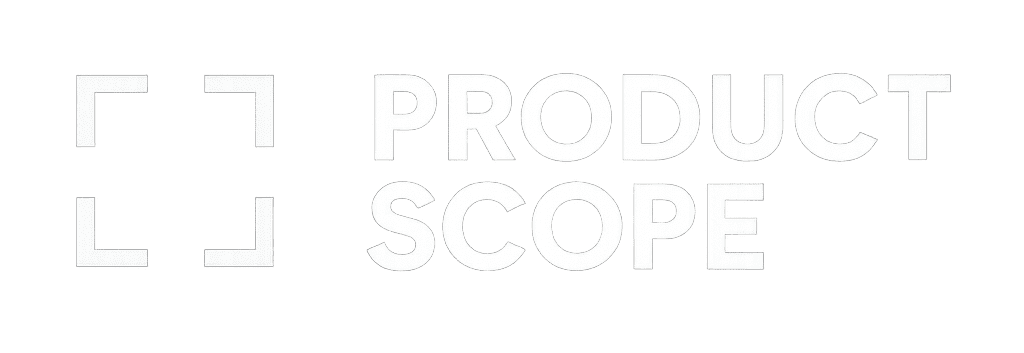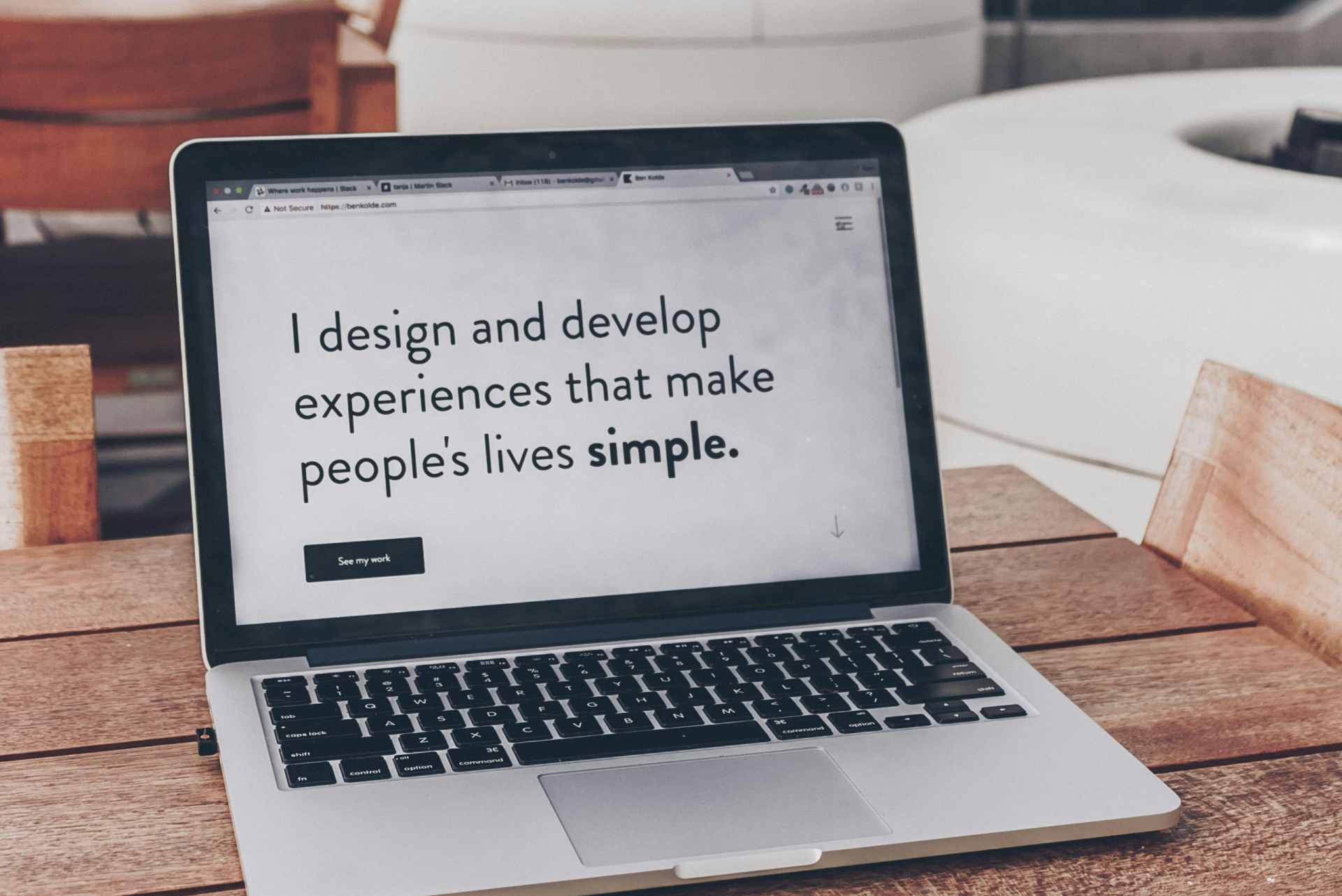Say Hello to the Product Scope Website
Say Hello to the Product Scope Website
Today marks the launch of the Product Scope company website which I’ve been working on quietly behind the scenes while focused on client work, product launches, and a few some major life moves.
Back in 2019, when I went freelance, I created davidlortal.com designed to be a personal portfolio site. But after leaving the UK and starting to work remotely I had less time than I had anticipated to work on my site. After an initial 12 week contract I extended my contract with BAFTA Media Technology, began working with FOCAL to deliver their new website and CRM. Although I managed to get the site live I never wrote up the portfolio section which required much more work. Before I had the opportunity to focus on writing came a second move abroad, I became entangled in COVID-19 where I was extremely busy, I moved once again to Patagonia, went on a lot of hikes and road trips, a second child arrived and before I realised it was 2022. I started writing but progress was slow amongst a busy young family, trying to make the most of a beautiful place we lived, starting a company and planning a longer term future along side continuing to deliver feature after feature. Documentation became a much lower priority and ground to a halt between multiple international moves…until May 2024. After I returned from a work trip to London I realised that I no longer just needed a portfolio. Instead I needed a proper consultancy site, for Product Scope Limited, that reflected how I work.
The main problem I had was deciding on where to start. Over the past 5 years I had delivered whole new products, evolved them from MVP to established systems and delivered a multiple of completly new workflows and feature sets. My family was away one weekend so I set aside the time to start collating all my achievements. I had some blog drafts from previous years I went through Jira tickets, Confluence pages, discovery docs, planning notes to create a full list. I then compiled these into a priority list, dropped ideas I thought were not as important and created a hierarchy of items to write about.
Over the next few months, I wrote case studies and blog posts enough to launch with momentum when I decided I needed an outlet for the work. I started publishing on LinkedIn and doubled up publishing the blogs on my new site with the intention of switching as soon as the site was ready.
But by November, the pace caught up with me. Writing and publishing in parallel meant I couldn’t work on the website itself. I decided to shift focus as I had enough content o last into 2025 and start work on the website.
I’ve used WordPress since 2009, back when I was running a podcast. I’ve built travel blogs and simple sites over the years so I decided to go back to an old trusty friend. This time I bought a customisable theme that used Qi Blocks, a nocode visual builder, and figured I’d customise from there.
What I didn’t realise was how much design, layout, and accessibility work would still be needed to make it feel like professional and modern site. I started defining page structures, drafting content, and experimenting with block layouts. But the more I added, the more obvious it became that I needed a foundation. After using ChatGPT to assist with colours for the Nucleus Admin Tags I decided to repeat the work but this time colours for the site.
Inspired by the FOCAL redesign I led for FOCAL, I chose a clean palette, dark accents paired with light backgrounds and pastel tones. I tested colour combinations for accessibility and contrast ratios, then locked in text styling, spacing, and layout rules.
One painful lesson was that Qi Blocks and native Gutenberg blocks don’t work well together. Spacing broke, responsiveness failed and I spent a lot fo time asking AI to write custom CSS to fix the mobile view which after a long time I realised was not the correct path. It wasn’t until I studied the example templates that came with the theme and broke them apart that I realised how to rebuild using only Qi Blocks with column-based spacing and structural components. Once I understood that and had the style guide the rest the build came together pretty fast.
The final step was getting the content. My wife who has a much better eye for imagery than I worked closely with me to provide images and advise on the layout and font presentation. I spent a lot of time finessing copy and finalising the layout tweaks. I still have a long backlog of tasks to action, however, after I’ve spent weeks finessing it I feel now is the right time to launch. As with any tech product, it’s never finished, but I’ve hit my personal MVP.
Over the next 8 weeks, I’ll be sharing on LinkedIn the case studies I’ve written. Each one diving into a specific project, feature, or workflow I’ve delivered across BAFTA, FOCAL, and other platforms. They cover everything from accessibility and diversity data to voting tools, automation, and client onboarding. They are all live in the Case Studies section if you can’t wait!
I hope you enjoy exploring the work. If you’ve got a project in mind, or just want to talk product, feel free to get in touch.



